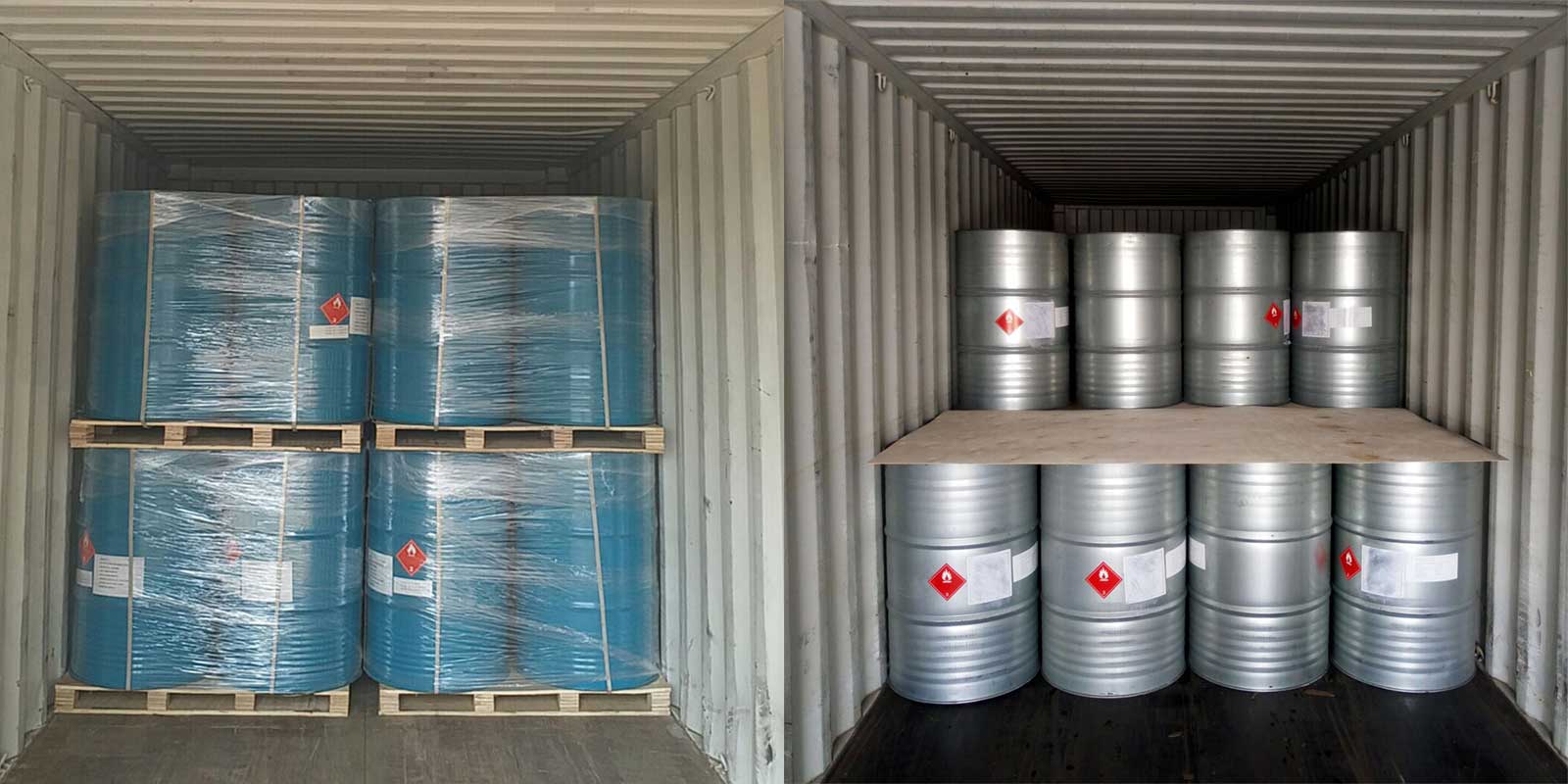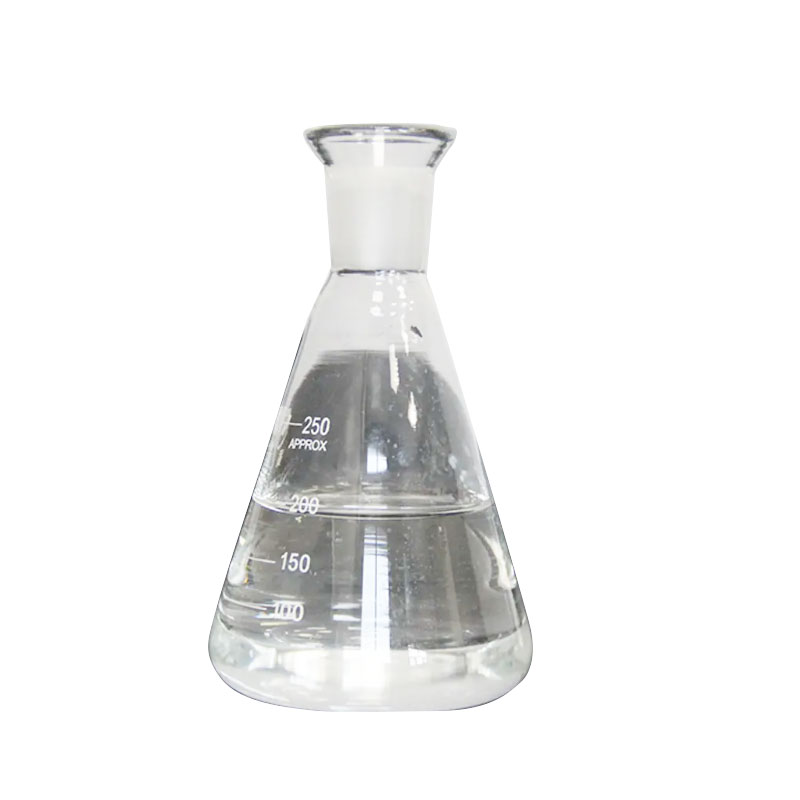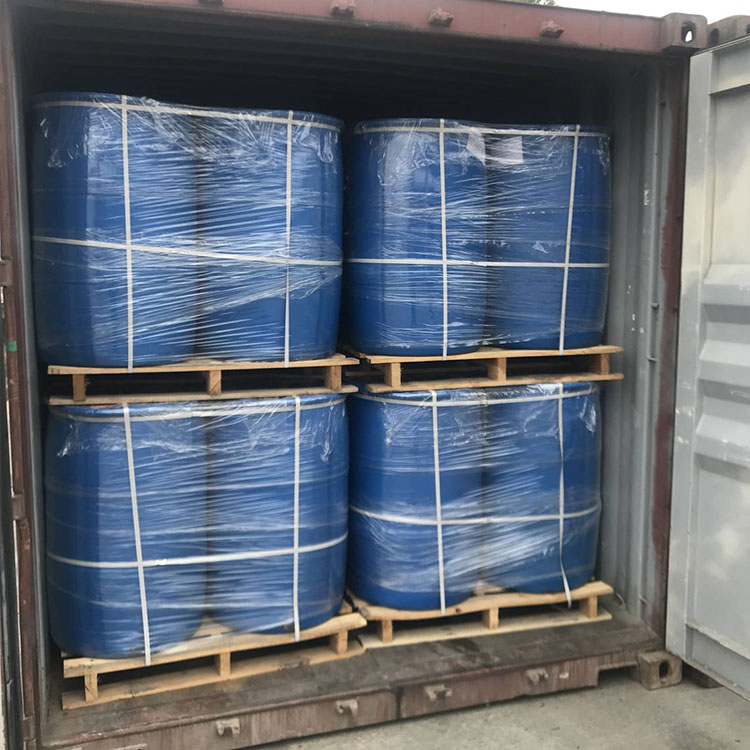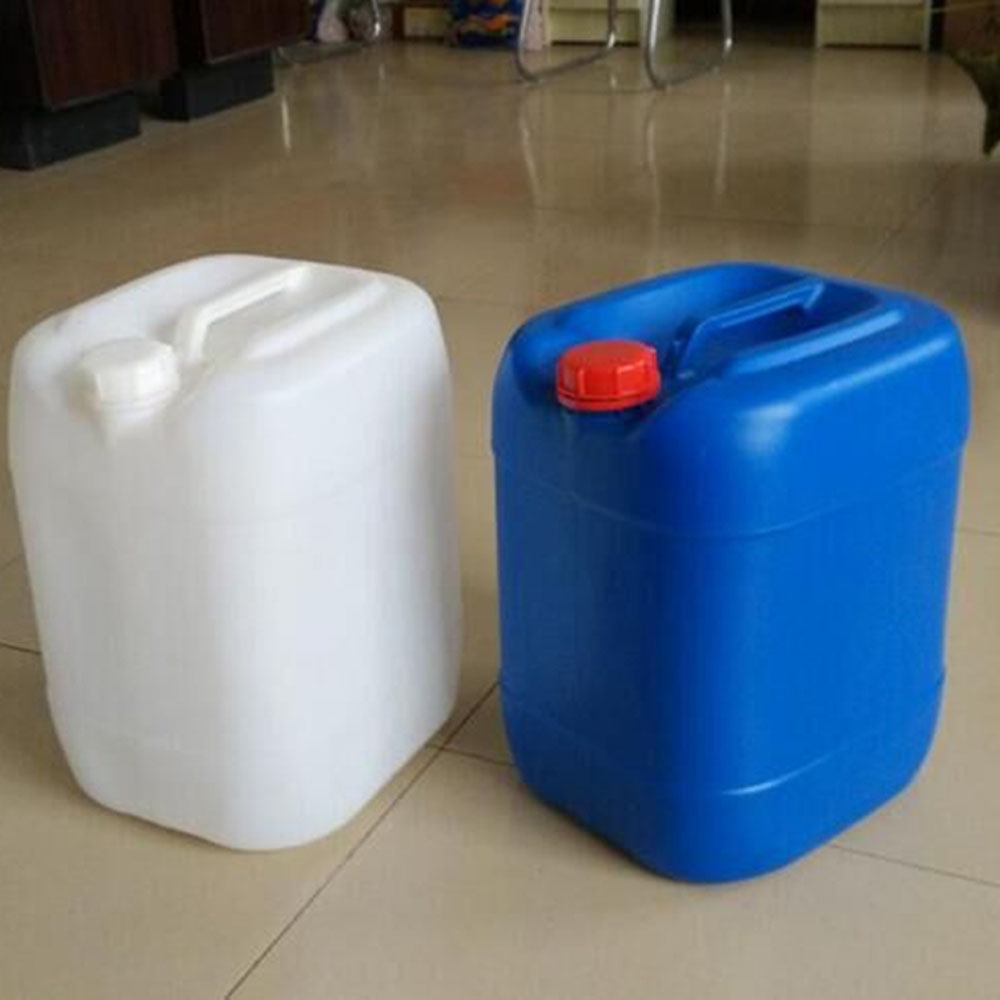Cyclohexanol CAS#108-93-0
Cyclohexanol CAS#108-93-0 Promotion Season Now in Store and Free Sample for Testing with Factory Price
Chemical Name:Cyclohexanol
CAS No.: 108-93-0
Molecular Formula:C6H12O
Molecular weight:100.16
Sample: Available
Mode of Transportation
1. By Air, fast but expensive.
2. By Sea, usual and economy.
3. By Train, suit for middle Asia countries.
4. By Express, suit for small package.
We only provide highest quality goods available, accompanied by after support!
Cyclohexanol CAS#108-93-0
Cyclohexanol is a clear, colorless to light yellow, viscous, hygroscopic liquid with a camphor-like odor. A detection smell threshold awareness of sixty four μg/m3 (155 ppbv) was once said through Punter (1983). It has a pretty excessive flash factor and boiling range. A solvent for cellulose ethers, ester gum,shellac, low viscosity silicones and polyvinyl chloride. lt has a pretty confined use in display screen inks. lt is miscible with oils and hydrocarbon solvents.

Cyclohexanol Chemical Properties |
Melting point | 20-22 °C (lit.) |
Boiling point | 160-161 °C (lit.) |
density | 0.948 g/mL at 25 °C (lit.) |
vapor density | 3.5 (vs air) |
vapor pressure | 0.98 mm Hg ( 25 °C) |
refractive index | n |
Fp | 67 °C |
storage temp. | Store below +30°C. |
solubility | 40g/l |
form | Liquid After Melting |
pka | 16 |
color | Clear colorless |
Odor | Like camphor. |
Relative polarity | 0.509 |
PH | 6.5 (40g/l, H2O, 20℃) |
explosive limit | 2-11.2%(V) |
Odor Type | camphoreous |
Water Solubility | 3.6 g/100 mL (20 ºC) |
Sensitive | Hygroscopic |
Merck | 14,2725 |
BRN | 906744 |
Henry's Law Constant | 16.9 at 50.00 °C, 34.4 at 60.00 °C (headspace-GC, Hovorka et al., 2002) |
Dielectric constant | 15.0(25℃) |
Exposure limits | TLV-TWA 200 mg/m3 (50 ppm) (ACGIH); IDLH 3500 ppm (NIOSH). |
Stability: | Stable. Incompatible with oxidizing agents. Reacts violently with oxidizing agents such as hydrogen peroxide and nitric acid, even at room temperature, to form an explosive material. Hygroscopic. Combustible. |
LogP | 1.25 at 25℃ |
CAS DataBase Reference | 108-93-0(CAS DataBase Reference) |
NIST Chemistry Reference | Cyclohexanol(108-93-0) |
EPA Substance Registry System | Cyclohexanol (108-93-0) |
Safety Information |
Hazard Codes | Xn |
Risk Statements | 20/22-37/38 |
Safety Statements | 24/25 |
OEB | A |
OEL | TWA: 50 ppm (200 mg/m3) [skin] |
WGK Germany | 1 |
RTECS | GV7875000 |
F | 21 |
Autoignition Temperature | 572 °F |
TSCA | Yes |
HS Code | 2906 12 00 |
Hazardous Substances Data | 108-93-0(Hazardous Substances Data) |
Toxicity | LD50 orally in rats: 2.06 g/kg (Smyth) |
IDLA | 400 ppm |
Product Usage
Chemical uncooked materials
1. Production of nylon: It is an necessary uncooked fabric for the manufacturing of adipic acid and hexamethylenediamine. Adipic acid and hexamethylenediamine can be used to synthesize nylon sixty six thru polycondensation reaction. Nylon sixty six has high-quality houses such as excessive strength, precise put on resistance, and chemical corrosion resistance. It is broadly used in textiles, automobiles, digital appliances, equipment and different fields.
2. Production of cyclohexanone: Cyclohexanone can be bought by using dehydrogenation beneath the motion of a catalyst. Cyclohexanone is an necessary natural solvent and chemical uncooked material. It is typically used to produce caprolactam, adipic acid, etc. It can additionally be used to make rubber antioxidants, plastic plasticizers, coatings, inks, etc.
Medical field: It can be used as a solvent and intermediate in pharmaceutical synthesis, such as a response solvent in the synthesis response of sure drugs, or take part in the synthesis of biologically lively compounds. For example, it can be used to synthesize capsules such as ceftriaxone.
Surfactant: It can be used to synthesize some surfactants, such as alkyl cyclohexanol polyoxyethylene ether, etc. These surfactants have true emulsification, dispersion, wetting and different properties, and are broadly used in detergents, cosmetics, pesticides and different fields.
Analysis and detection: In analytical chemistry, it can be used as a solvent for the colorimetric dedication of molybdenum and rhenium, a solvent for the dedication of aluminum with phenylhydrazine, and a solvent for the dedication of bismuth with 8-carbonylquinoline or iodide.
Factory and Equipment Show
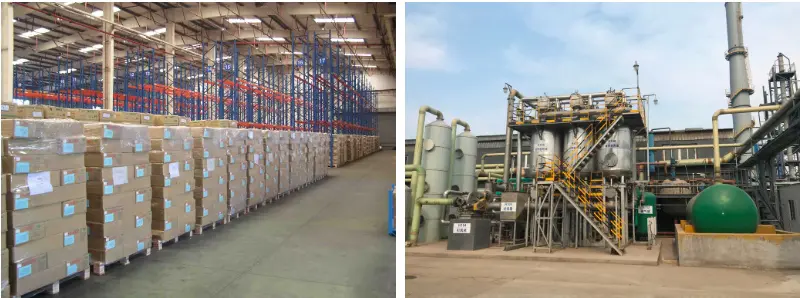

Fast transport time
Inventory 2-3 working days New manufacturing 7-10 working days
